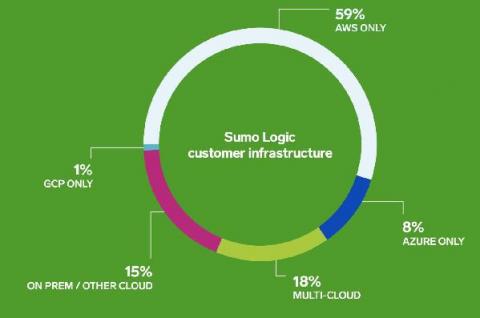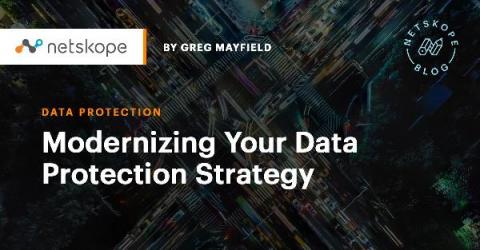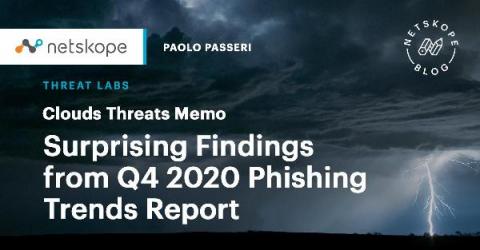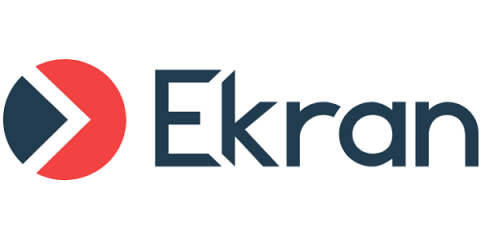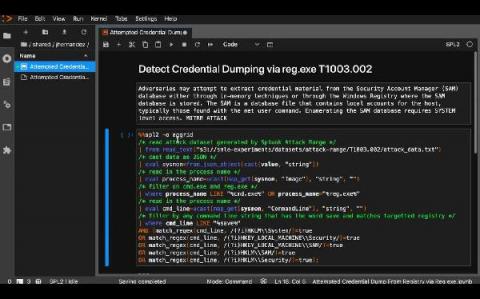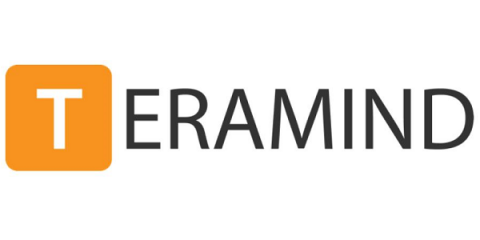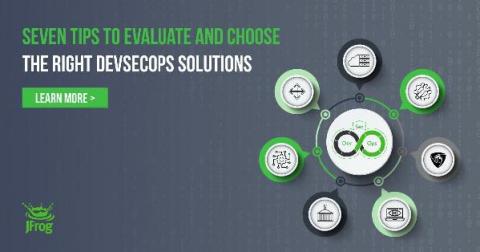Security | Threat Detection | Cyberattacks | DevSecOps | Compliance
Latest News
Modernizing Your Data Protection Strategy
Sharing data is the basis for all business processes and what drives operations and productivity. Today, more than 50% of organizations’ data is in the cloud and the typical enterprise now deploys more than 2,400 cloud applications. Concurrently, data protection remains the nexus between cloud apps, web services, and an increasingly larger number of remote users in support of modern business initiatives.
Cloud Threats Memo: Surprising Findings from Q4 2020 Phishing Trends Report
The Cloud Threats Memo is a weekly series from Paolo Passeri, digging into a recent cloud threat and highlighting how Netskope can best help mitigate it. The Anti-Phishing Working Group has recently released its Q4 Phishing Trends Report 2020, which analyzes the top phishing attacks and other identity theft techniques, as reported by the members of the group.
Coming to Life: A Detailed Tutorial on Building Your First ATT&CK Procedure
The MITRE ATT&CK framework is a universally accepted knowledge-base of tactics, techniques and procedures designed to organize and display how adversaries attack real-world assets. Blue teams use ATT&CK to better understand the multitude of new (and old) attacks and map those to their internal tools and systems.
How to Perform a Data Protection Impact Assessment (DPIA)
Conducting a data protection impact assessment (DPIA) or privacy impact assessment (PIA) is a complex and challenging task. Nevertheless, it’s critical to do. Data privacy concerns have become a significant focus across all industries, and for good reason: data is at higher risk than ever before. In its 2020 Q3 Data Breach QuickView Report, Risk Based Security revealed that 36 billion records were exposed during the first three quarters of 2020.
People-centric Security for Remote Workers
Emotet is down but its legacy remains: lessons learned
Threat Hunting With ML: Another Reason to SMLE
Security is an essential part of any modern IT foundation, whether in smaller shops or at enterprise-scale. It used to be sufficient to implement rules-based software to defend against malicious actors, but those malicious actors are not standing still. Just as every aspect of IT has become more sophisticated, attackers have continued to innovate as well. Building more and more rules-based software to detect security events means you are always one step behind in an unsustainable fight.
5 Security & Productivity Hacks for Home Businesses
These are anxious times for small and medium-sized businesses (SMBs). According to the U.S. Chamber of Commerce, 70% are concerned about financial hardship due to pandemic-related disruptions, and more than half are worried about having to close permanently. At the same time, SMBs are tasked with personnel management in an increasingly distributed and frequently fraught environment where employees are stressed and burned out. Collectively, it’s a sizable challenge for SMB leadership.
Seven Tips to Evaluate and Choose the Right DevSecOps Solutions
Demand for DevSecOps products has been growing strongly, as more companies realize the importance of integrating security into their DevOps pipelines. However, IT and DevOps pros who dive into the DevSecOps market looking for options quickly realize that the number of DevSecOps tools and frameworks is vast and confusing.


